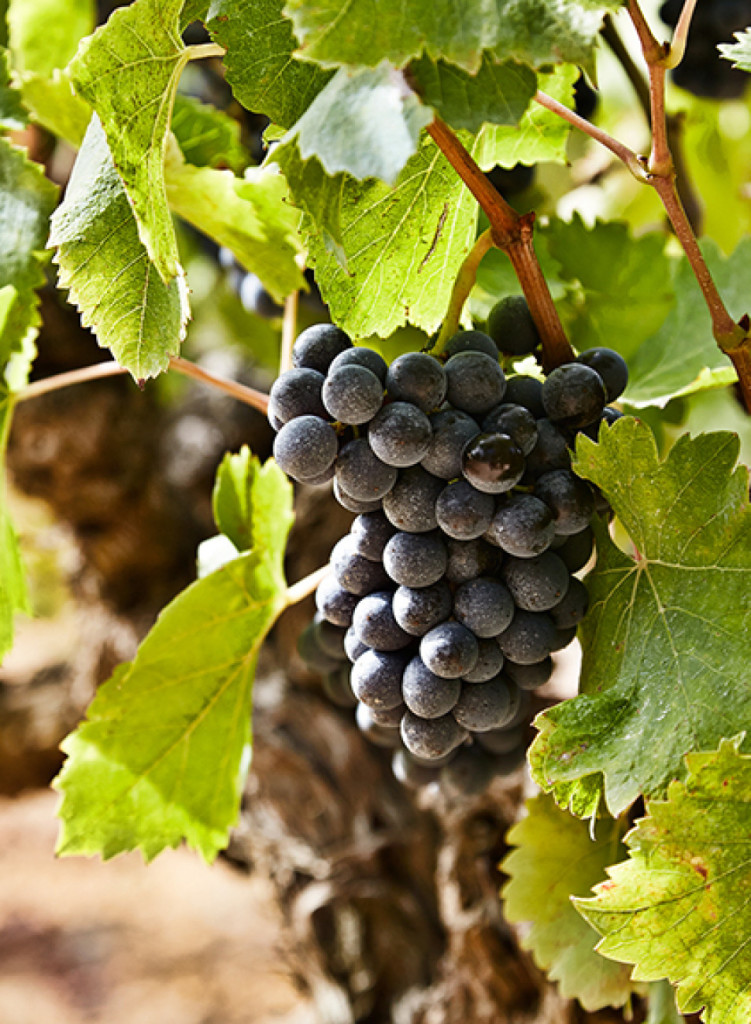The beauty of wine in 2024 is that it is everywhere. All 50 US states produce wine, every continent including Antarctica produce wine and even some subregions of the world where you might not expect to find wine production. The quality and quantity vary greatly among the places were wines are produced. So with all due respect to Antarctic ice wine, some areas wine is better than others.
Generally, the wine consumption in the world is dominated by a handful of geographic stalwart producers. The list includes France, Italy, Spain, Germany, Australia/New Zealand and the United States. I am aware of the great wines in South America and other parts of Europe, but the volume and quality of the products being produced still leave a bit to be desired for me.
From the prospective of variety, quality and value, I tend to lean towards France. I am not discounting any of the other areas I have listed, but I think the facts support my assertion. So here goes my argument!
If you are looking for variety I say look no further. Let’s discuss the roster. Champagne only comes from France; every where else in the world, it is sparkling wine by law. Want a Pinot Noir, red burgundy is your choice. Top notch Chardonnay, white burgundies and Chablis are tough to beat. Savingnon Blanc, Sancerre and of course Sauternes are the best from Bordeaux. If you like Cabernet or Merlot, Bordeaux and Margaux make the best. How about Syrah and Grenache? Go Rhone and CDP regions. Last, but certainly not least, the rosè from Provenance is a personal favorite.
Surely all of these wines are produced elsewhere, but not always with the same variety, affordability or quality as the French. For example, I am a big fan of Oregon Pinot Noir, but the Chardonnay in my opinion is not nearly as good as white burgundies in the same price range.
So why do other wine regions matter? Variety is the spice of life and France has a lot of variety. Shouldn’t that be sufficient? My point is not that other regions and countries do not matter, but rather, France has something for everyone.
In case you are wondering what country does America import the most wine from on an annual basis, the answer by volume is Italy. My love for the diversity of Italian wines is more than a crush. With all of the regulations on what wines must contain and labeling requirements, Italy and France are exceedingly similar.
My “case” for France really comes down to three factors; choice, quality and value. These are not exclusive to French wines, but seal the deal for me
I have discussed choice/variety already so what about quality and value?
The government regulations practically force quality on the producer and benefits the consumer, but I think it is deeper than that for me. There is no word in French for winemaker. The French believe there is a higher power that produces wine and it is their obligation to not interfere with that power. The family lineage and pride in the wine production is also not exclusive to the French wine, but it gives me confidence as a consumer that the product was made with care.
Value is a little harder to explain in a world of $1000+ futures on Bordeaux and burgundy wines from modest producers. With that said, especially in good vintages there are exceptional value wines produced. Many of the best 2000 Bordeaux wines sold for under $20. Before the “rosè you could by the best of these wines for $15 or less. There are still some outstanding values to be found without sacrificing quality in all regions of France. Ever had a grower champagne or village Burgundy? You should if you haven’t
Much of my angst in writing this particular opinion is liking asking a parent to pick their favorite child amongst all their children. The truth is that many days it varies who is the favorite.
In closing I hope that you will branch out and try something different than the go to bottle or glass at your favorite establishment. If so, I hope you will say “oui” to French wines!
